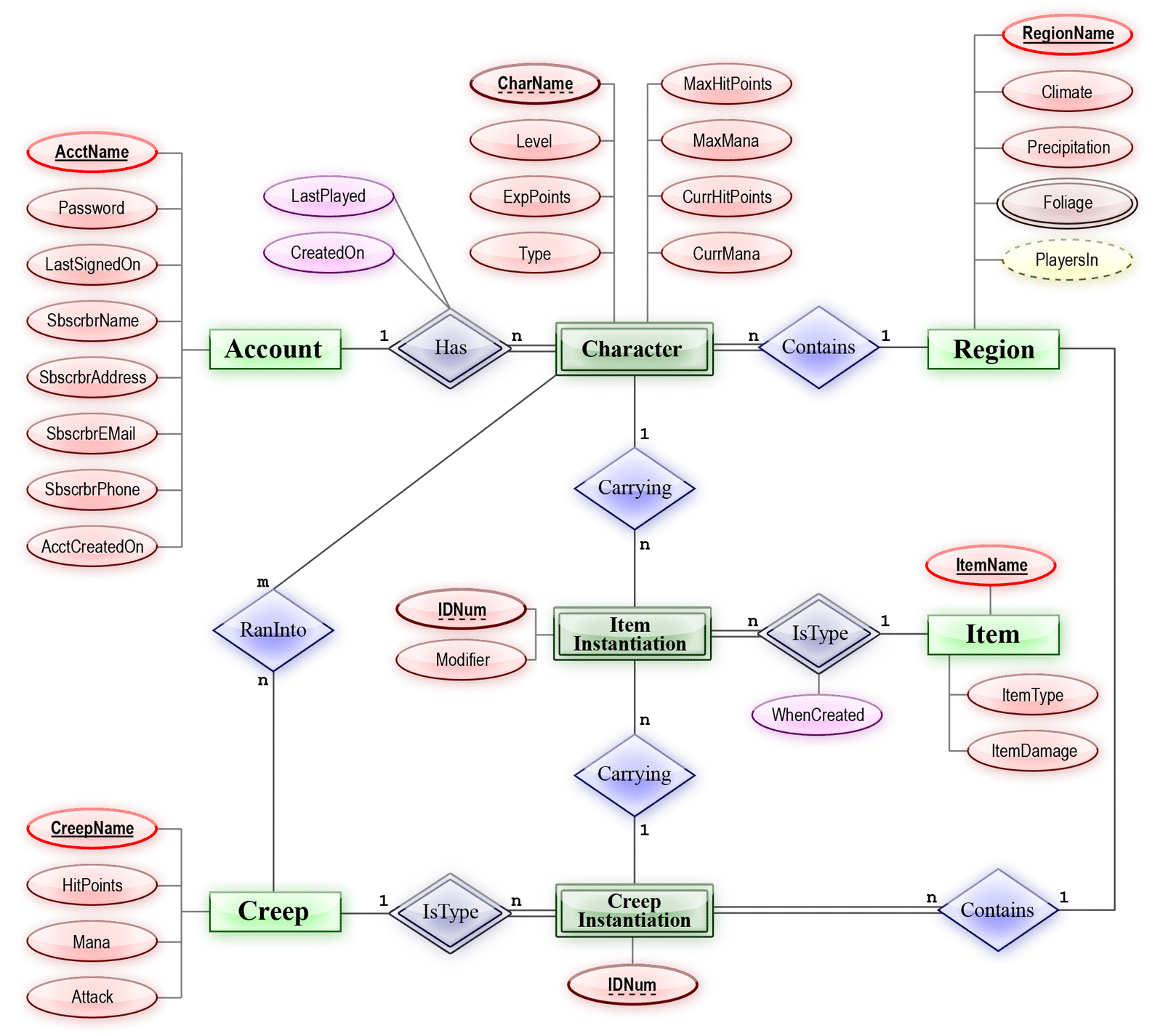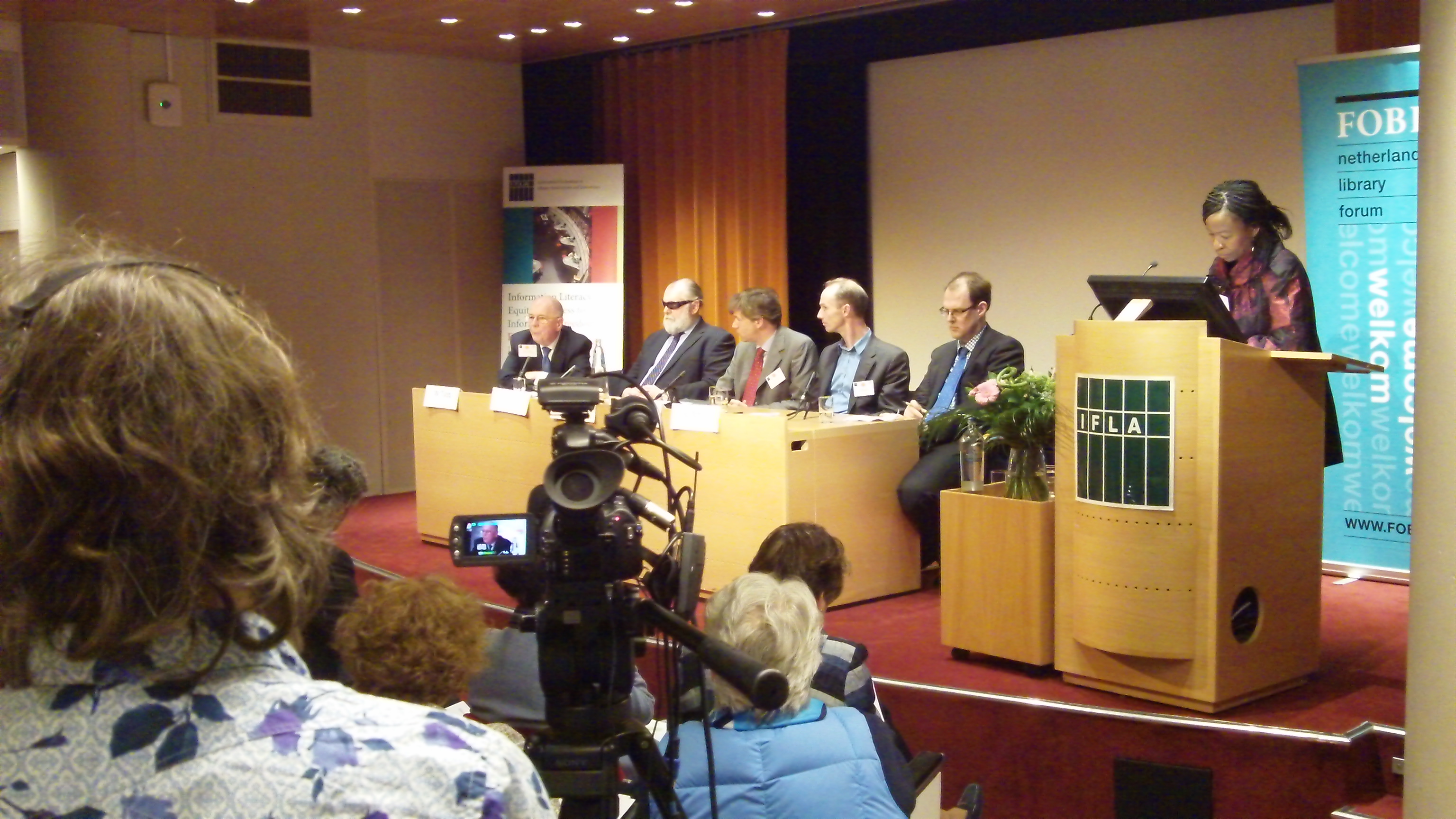|
FRBRoo
The FRBRoo ("FRBR-object oriented") initiative is a joint effort of the CIDOC Conceptual Reference Model and Functional Requirements for Bibliographic Records international working groups to establish "a formal ontology intended to capture and represent the underlying semantics of bibliographic information and to facilitate the integration, mediation, and interchange of bibliographic and museum information."FRBRoo Introduction . History The idea behind this initiative is that both the library and museum communities would benefit from harmonizing the FRBR and CIDOC reference models to better share library and museum information, particularly in light of the[...More Info...] [...Related Items...] OR: [Wikipedia] [Google] [Baidu] |
FRBR
Functional Requirements for Bibliographic Records (FRBR ) is a conceptual entity–relationship model developed by the International Federation of Library Associations and Institutions (IFLA) that relates user tasks of retrieval and access in online library catalogues and bibliographic databases from a user’s perspective. It represents a more holistic approach to retrieval and access as the relationships between the entities provide links to navigate through the hierarchy of relationships. The model is significant because it is separate from specific cataloguing standards such as Anglo-American Cataloguing Rules (AACR), Resource Description and Access (RDA) and International Standard Bibliographic Description (ISBD). User tasks The ways that people can use FRBR data have been defined as follows: to find entities in a search, to identify an entity as being the correct one, to select an entity that suits the user's needs, or to obtain an entity (physical access or licensing). FRBR ... [...More Info...] [...Related Items...] OR: [Wikipedia] [Google] [Baidu] |
CIDOC Conceptual Reference Model
The CIDOC Conceptual Reference Model (CRM) provides an extensible ontology for concepts and information in cultural heritage and museum documentation. It is the international standard (ISO 21127:2014) for the controlled exchange of cultural heritage information. Galleries, libraries, archives, museums ( GLAMs), and other cultural institutions are encouraged to use the CIDOC CRM to enhance accessibility to museum-related information and knowledge. History The CIDOC CRM emerged from the CIDOC Documentation Standards Group in the International Committee for Documentation of the International Council of Museums. Initially, until 1994, the work focused on developing an entity-relationship model for museum information, however, in 1996, the approach shifted to object-oriented modeling methodologies, resulting in the first ''"CIDOC Conceptual Reference Model (CRM)"'' in 1999. The process of standardizing the CIDOC CRM began in 2000 and was completed in 2006 with its acceptance as the ... [...More Info...] [...Related Items...] OR: [Wikipedia] [Google] [Baidu] |
Functional Requirements For Bibliographic Records
Functional Requirements for Bibliographic Records (FRBR ) is a conceptual entity–relationship model developed by the International Federation of Library Associations and Institutions (IFLA) that relates user tasks of retrieval and access in online library catalogues and bibliographic databases from a user’s perspective. It represents a more holistic approach to retrieval and access as the relationships between the entities provide links to navigate through the hierarchy of relationships. The model is significant because it is separate from specific cataloguing standards such as Anglo-American Cataloguing Rules (AACR), Resource Description and Access (RDA) and International Standard Bibliographic Description (ISBD). User tasks The ways that people can use FRBR data have been defined as follows: to find entities in a search, to identify an entity as being the correct one, to select an entity that suits the user's needs, or to obtain an entity (physical access or licensing). FRBR ... [...More Info...] [...Related Items...] OR: [Wikipedia] [Google] [Baidu] |
BIBFRAME
BIBFRAME (Bibliographic Framework) is a data model for bibliographic description. BIBFRAME was designed to replace the MARC standards, and to use linked data principles to make bibliographic data more useful both within and outside the library community. History The MARC Standards, which BIBFRAME seeks to replace, were developed by Henriette Avram at the U.S. Library of Congress during the 1960s. By 1971, MARC formats had become the national standard for dissemination of bibliographic data in the United States, and the international standard by 1973. In a provocatively titled 2002 article, library technologist Roy Tennant argued that "MARC Must Die", noting that the standard was old; used only within the library community; and designed to be a display, rather than a storage or retrieval format. A 2008 report from the Library of Congress wrote that MARC is "based on forty-year old techniques for data management and is out of step with programming styles of today." In 2012, the Li ... [...More Info...] [...Related Items...] OR: [Wikipedia] [Google] [Baidu] |
Bibliothèque Nationale De France
The Bibliothèque nationale de France (, 'National Library of France'; BnF) is the national library of France, located in Paris on two main sites known respectively as ''Richelieu'' and ''François-Mitterrand''. It is the national repository of all that is published in France. Some of its extensive collections, including books and manuscripts but also precious objects and artworks, are on display at the BnF Museum (formerly known as the ) on the Richelieu site. The National Library of France is a public establishment under the supervision of the Ministry of Culture. Its mission is to constitute collections, especially the copies of works published in France that must, by law, be deposited there, conserve them, and make them available to the public. It produces a reference catalogue, cooperates with other national and international establishments, and participates in research programs. History The National Library of France traces its origin to the royal library founded at t ... [...More Info...] [...Related Items...] OR: [Wikipedia] [Google] [Baidu] |
ISSN
An International Standard Serial Number (ISSN) is an eight-digit serial number used to uniquely identify a serial publication, such as a magazine. The ISSN is especially helpful in distinguishing between serials with the same title. ISSNs are used in ordering, cataloging, interlibrary loans, and other practices in connection with serial literature. The ISSN system was first drafted as an International Organization for Standardization (ISO) international standard in 1971 and published as ISO 3297 in 1975. ISO subcommittee TC 46/SC 9 is responsible for maintaining the standard. When a serial with the same content is published in more than one media type, a different ISSN is assigned to each media type. For example, many serials are published both in print and electronic media. The ISSN system refers to these types as print ISSN (p-ISSN) and electronic ISSN (e-ISSN). Consequently, as defined in ISO 3297:2007, every serial in the ISSN system is also assigned a linking ISSN ... [...More Info...] [...Related Items...] OR: [Wikipedia] [Google] [Baidu] |
Entity–relationship Model
An entity–relationship model (or ER model) describes interrelated things of interest in a specific domain of knowledge. A basic ER model is composed of entity types (which classify the things of interest) and specifies relationships that can exist between entities (instances of those entity types). In software engineering, an ER model is commonly formed to represent things a business needs to remember in order to perform business processes. Consequently, the ER model becomes an abstract data model, that defines a data or information structure which can be implemented in a database, typically a relational database. Entity–relationship modeling was developed for database and design by Peter Chen and published in a 1976 paper, with variants of the idea existing previously, but today it is commonly used for teaching students the basics of data base structure. Some ER models show super and subtype entities connected by generalization-specialization relationships, and an ER model ... [...More Info...] [...Related Items...] OR: [Wikipedia] [Google] [Baidu] |
Semantic Interoperability
Semantic interoperability is the ability of computer systems to exchange data with unambiguous, shared meaning. Semantic interoperability is a requirement to enable machine computable logic, inferencing, knowledge discovery, and data federation between information systems. Semantic interoperability is therefore concerned not just with the packaging of data (syntax), but the simultaneous transmission of the meaning with the data (semantics). This is accomplished by adding data about the data (metadata), linking each data element to a controlled, shared vocabulary. The meaning of the data is transmitted with the data itself, in one self-describing " information package" that is independent of any information system. It is this shared vocabulary, and its associated links to an ontology, which provides the foundation and capability of machine interpretation, inference, and logic. Syntactic interoperability (see below) is a prerequisite for semantic interoperability. Syntactic intero ... [...More Info...] [...Related Items...] OR: [Wikipedia] [Google] [Baidu] |
Object-oriented Programming
Object-oriented programming (OOP) is a programming paradigm based on the concept of "objects", which can contain data and code. The data is in the form of fields (often known as attributes or ''properties''), and the code is in the form of procedures (often known as ''methods''). A common feature of objects is that procedures (or methods) are attached to them and can access and modify the object's data fields. In this brand of OOP, there is usually a special name such as or used to refer to the current object. In OOP, computer programs are designed by making them out of objects that interact with one another. OOP languages are diverse, but the most popular ones are class-based, meaning that objects are instances of classes, which also determine their types. Many of the most widely used programming languages (such as C++, Java, Python, etc.) are multi-paradigm and they support object-oriented programming to a greater or lesser degree, typically in combination with imper ... [...More Info...] [...Related Items...] OR: [Wikipedia] [Google] [Baidu] |
International Federation Of Library Associations And Institutions
The International Federation of Library Associations and Institutions (IFLA) is the leading international body representing the interests of people who rely on libraries and information professionals. An independent, non-governmental, not-for-profit organization, IFLA was founded in Scotland in 1927 and maintains headquarters at the National Library of the Netherlands in The Hague. IFLA sponsors the annual IFLA World Library and Information Congress, promoting universal and equitable access to information, ideas, and works of imagination for social, educational, cultural, democratic, and economic empowerment. IFLA also produces several publications, including IFLA Journal. IFLA closely partners with UNESCO, resulting in several jointly produced manifestos. IFLA is also a founding member of Blue Shield, which works to protect the world's cultural heritage when threatened by wars and natural disaster. History IFLA was founded in Edinburgh, Scotland, on 30 September 1927, when li ... [...More Info...] [...Related Items...] OR: [Wikipedia] [Google] [Baidu] |
Digital Libraries
A digital library, also called an online library, an internet library, a digital repository, or a digital collection is an online database of digital objects that can include text, still images, audio, video, digital documents, or other digital media formats or a library accessible through the internet. Objects can consist of digitized content like print or photographs, as well as originally produced digital content like word processor files or social media posts. In addition to storing content, digital libraries provide means for organizing, searching, and retrieving the content contained in the collection. Digital libraries can vary immensely in size and scope, and can be maintained by individuals or organizations. The digital content may be stored locally, or accessed remotely via computer networks. These information retrieval systems are able to exchange information with each other through interoperability and sustainability. History The early history of digital libraries ... [...More Info...] [...Related Items...] OR: [Wikipedia] [Google] [Baidu] |





